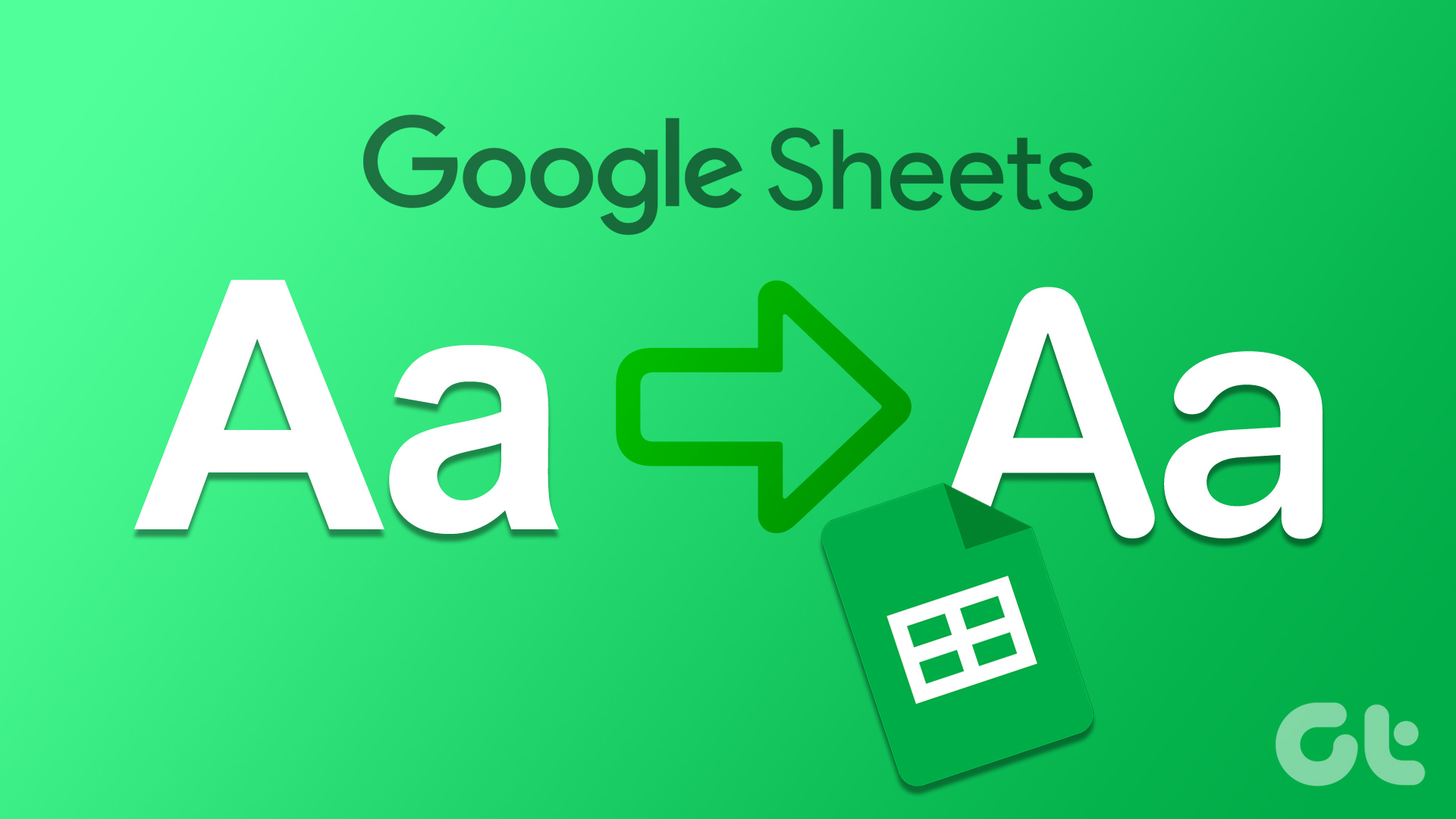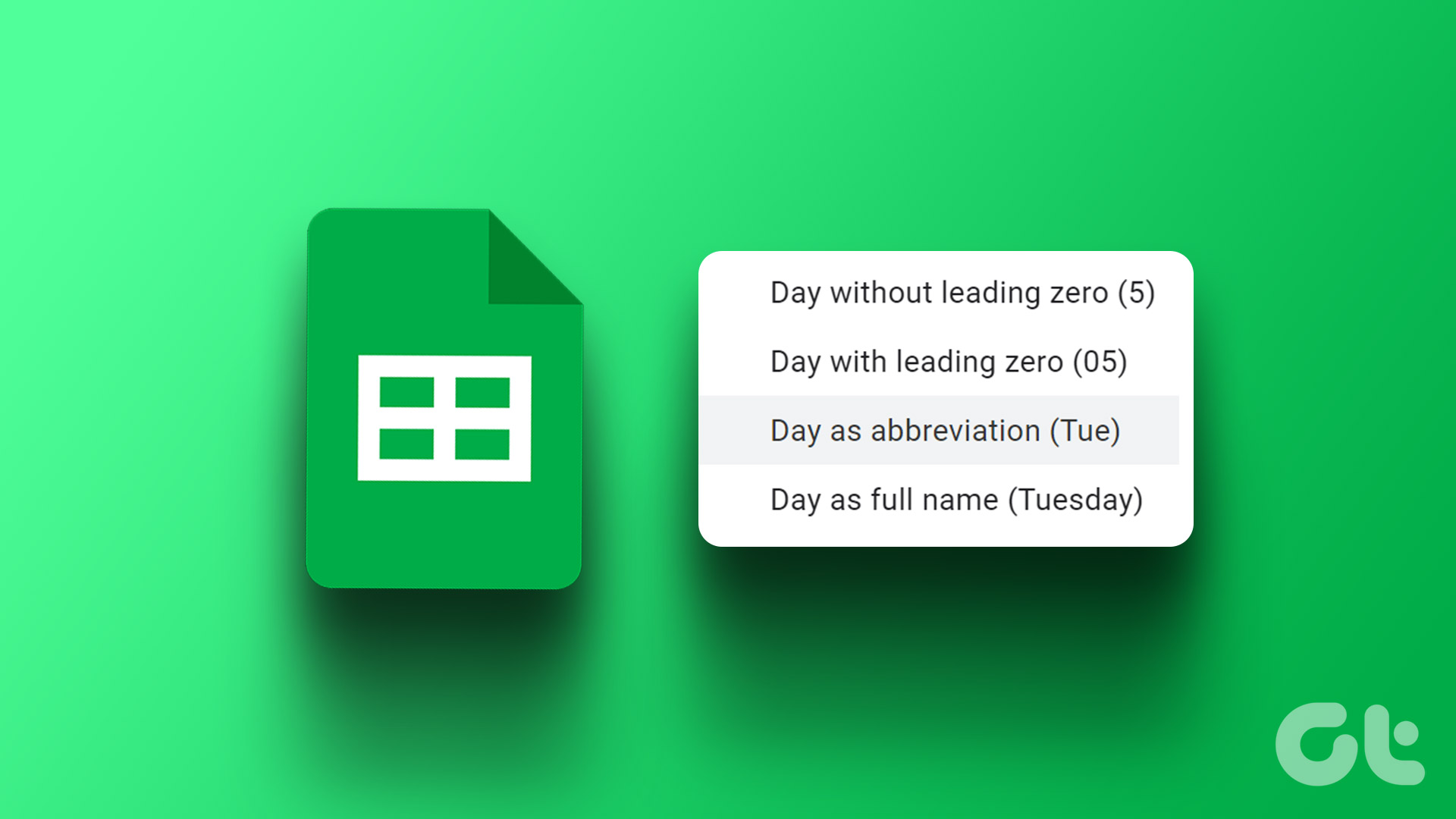Google Sheets is by far the best free alternative to Microsoft Excel. However, if you are a beginner using a spreadsheet, a common question is how to increase the cell size to accommodate more visible information within the same. Well, it is easy to change the cell size on Google Sheets. This guide answers everything you need to know.

Presentation of information is crucial in any document. Especially if you are sharing it with your team members, you need to ensure the information and data on your document are neatly organized and one can make sense of it easily. Therefore, adjusting the cell size on your Google Sheets document helps you do it. Keep reading to learn all the different ways you can do it.
Can You Resize Individual Cells on Google Sheets
Firstly, you cannot resize individual cell sizes in Google Sheets. The moment you increase or decrease the size of the cell, the corresponding row or column adjusts for symmetry. Therefore, the moment you resize a cell, the corresponding row or column will also be resized.
Now, let us take a look at the easiest way to adjust the cell size on Google Sheets.
How to Adjust Cell Size in Google Sheets
Here’s how you can increase the width or height of a cell in Google Sheets. Additionally, increasing the width of a cell will automatically increase the width of the corresponding column. Similarly, increasing the cell height will increase the size of the corresponding row.
1. Increase the Width of Cells
Step 1: Open your Google Sheets document and select a cell.

Step 2: Move your cursor to the top of the column where the column ends.

Step 3: Drag the column horizontally to the desired width.

The width of the cell and the corresponding column will increase.
2. Resize Cells’ Height in Google Sheets
Step 1: Open your Google Sheets document. Select the cell you want to resize.

Step 2: Move your cursor to the leftmost corner of your document, where the cell begins in the corresponding row.

Step 3: Now, drag the cell vertically downwards to increase the height.
You can now see that the cell and the corresponding column have an increased height.

Adjust the Height and Width For Multiple Rows or Columns at Once
Google Sheets also allows you to change the height and width for multiple rows or columns simultaneously. Here’s how you can do it.
Step 1: Open the Google Sheets document and select all the rows or columns you want to resize.
In the example below, we’ve selected rows 2-4 to increase the height. Make sure to select the row numbers in the leftmost corner of the screen as well.

Step 2: Right-click on the selection and choose ‘Resize rows 2-4’

Step 3: You can select either of the below options and click on Ok.
- ‘Fit to Data’ – It automatically resizes the row based on the amount of data present.

- Manually specify row height.
We’ll increase the row size from 21 to 50. You can see the default size of the cell and decide to increase the number accordingly.

Therefore, you can now see that the size of the row has been increased. Similarly, you can select multiple columns and repeat the above steps to increase their size.
Auto Resize or Text Wrap Cells in Google Sheets
The information in cells might appear to jump outside and extend onto another cell. Hence, in order to fit the information within the cell, you can auto-resize the cell or use the text wrap option.
Here’s how a cell that needs text wrapping looks like :

There are two ways in which you can resize the cell to fit the information :
1. Double-Click to Make Cells Larger
You can double-click on the margin between the cell in which the information is present and the cell that the information appears to flow to. This will resize the entire row or column to fit the data. However, ensure to double-click near the row numbers or the column letters.

2. Use Text Wrap
Text wrapping helps you resize and fit overflowing information for the selected cells. All you need to do is click on the text wrap icon in the menu bar and select the text wrap (middle) button in the ribbon.

The cell is now resized to accommodate the data without any overflow.

Bonus: Merge Cells in Google Sheets
To change the size of cells in Google Sheets, you can also take advantage of the merge cells option. When you merge cells, multiple cells turn into one cell so that you can get ample space to enter data and information.
However, make sure that none of the cells that you merge have a formula or interdependent data. That is because all cell data will be erased, and the data in the leftmost selected cell will display in the merged cells. Here’s how it works.
Also Read: Troubleshooting Formula Parse errors in Google Sheets
Step 1: Select all the cells that you want to merge in your Google Sheets document.

Step 2: Click on the merge cells option.

There you go – the selected cells have been merged.

That is everything you need to know about changing the cell size in Google Sheets. If you have any further questions, look at the FAQ section below.
FAQs About Changing Cell Size
You can use the ‘Horizontal align’ or the ‘Vertical align’ option from the menu bar to align the text in a resized cell.
You can double-click near the row number or the column letter to adjust the cell size to fit the information. As mentioned in the article, you can also use the text wrap option.
The merge cells option combines multiple cells in a row or column. However, it does not increase the size of a single cell.
View Data Clearly
Using the correct size for rows and columns in Google Sheets significantly improves readability. We hope this article helps you do the same. If you are using a shared Google Sheets document, it is worth knowing that you can also view the edit history for the document to track changes.
Last updated on 11 July, 2023
The above article may contain affiliate links which help support Guiding Tech. However, it does not affect our editorial integrity. The content remains unbiased and authentic.











